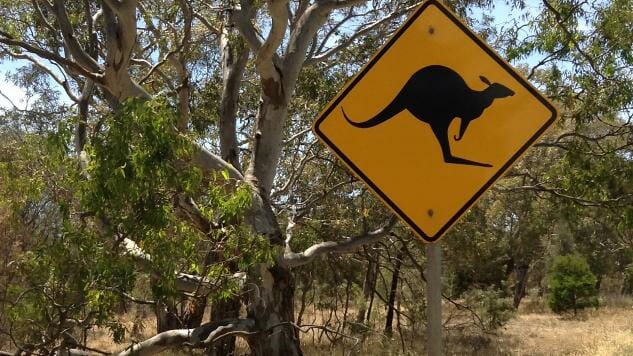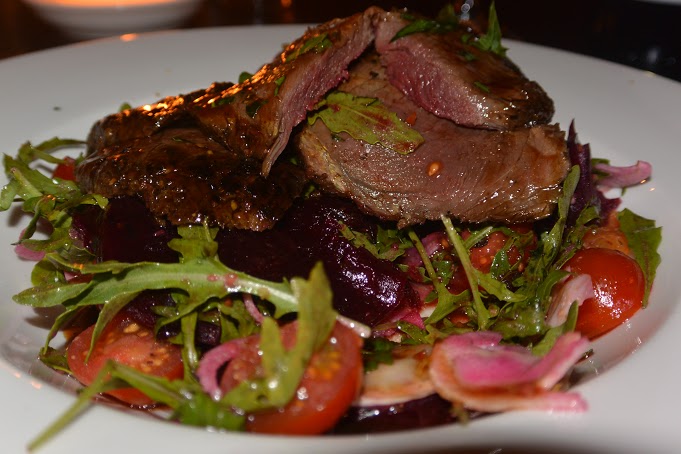Wild-Caught Kangaroo Meat: Tasty, Healthy, Quasi-Gourmet
All photos by Annie Merkley
Already bored with your New Year’s diet and about to dive headfirst into a thick, juicy cut of filet mignon? Yearning for some red meat and looking for a leaner option? Kangaroo is heralded in the land down under as a super healthy red meat alternative to beef. It has less than two percent fat and is high in protein. It’s wild-caught—so it’s all natural, not pumped full of hormones, antibiotics or a bunch of added chemicals. It also packs a punch full of iron, Omega-3s, zinc, and B vitamins.
Kangaroo has long since been eaten in Australia and Tasmania. It was regarded for many years as lowbrow and commonly used for dog food. It used to be dirt cheap to purchase (or free to go out and shoot) and was a staple source of protein in low-income houses. My friend Sheryl, whom I was visiting in Melbourne, grew up in Tasmania on a farm and was raised eating roo. “If you lived in the country, kangaroo was part of your diet,” she said.
Aside from Sheryl, I had quite a few other Aussie mates gush about how tasty a good roo steak could be. Over the past ten years or so, eating kangaroo has gained popularity, due to it being a healthy red meat alternative and the fact that it is damn delicious. With the rise in consumption, it is now viewed as a quasi gourmet item.
Sheryl took me to Edinburgh Castle to pop my kangaroo cherry. The restaurant boasts being “Brunswick’s longest standing pub.” It’s been around since 1852 and in a neighborhood that has seen recent hipster-fication, an old pub keeping up with changing tastes and desires is quite the accomplishment. Their menu embellishes on pub fare and is constructed of high quality fresh ingredients.
My friend and I decided to take a table in the nothing-fancy, quiet dining area behind the bar area and picked out a bottle of red to accompany our meal. Sheryl knows wine well, having had a hand in a winery in Adelaide, South Australia in the past. We settled on a bottle of Quarisa Treasures Cabernet Sauvignon from Coonawarra, South Australia. There are vineyards in the surrounding areas of Melbourne in the province of Victoria, and farther up north past Sydney, but South Australia is the region that continues to churn out the most wine on the continent.
The award-wining cabernet was a perfect way to start off the meal. It was velvety and earthy, with notes of black cherry at the start and a hint of leather in the smooth finish. I knew it would compliment the flavors found in the red meat department.
I ordered the peppered roo salad, as it was the only kangaroo steak on the menu; they also offer a roo burger, but I wanted to try the meat in an un-ground form. After a weekend of heavy partying (those Aussies do love to get hammered, they sure make for good drinking companions), I was a bit nervous partaking in some strange new meat eating experience. However, I decided to give it a gander, and I am happy as hell to have hopped up to the plate. I wasn’t given a steak knife, and was cheerfully surprised at the ease in which I cut the meat with a dinner knife. I had to clear my mind of the image of some massive rodent-deer creature jumping around in the outback as I brought the fork up to my mouth. Upon first chew I was elated to be partaking in this marsupial dining venture.
-

-

-

-

-

-

-

-

-

-

-

-

-

-

-

-

-

-

-

-

-

-

-

-

-

-

-

-

-

-

-

-

-

-

-

-

-

-

-

-









































